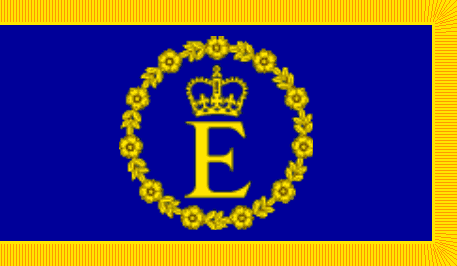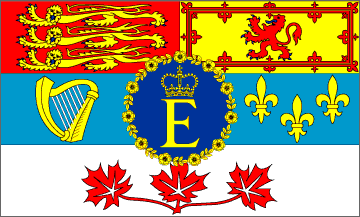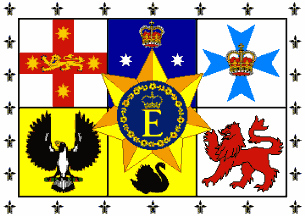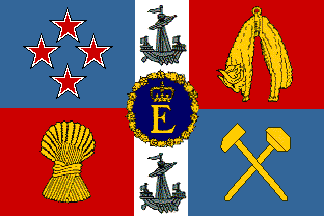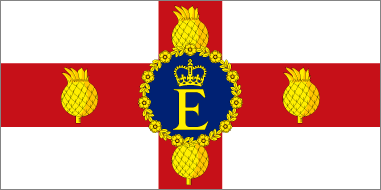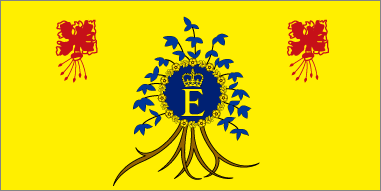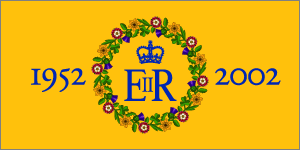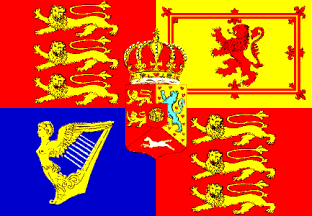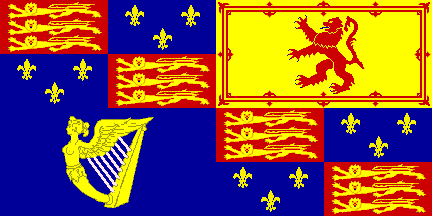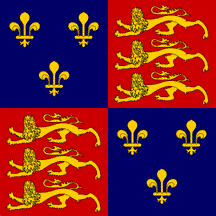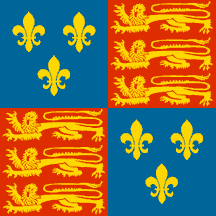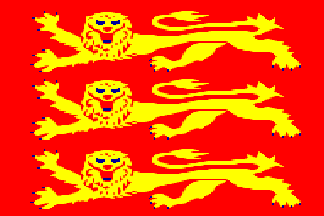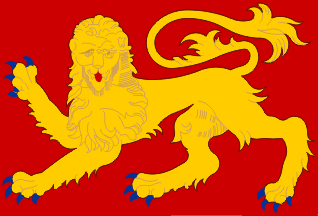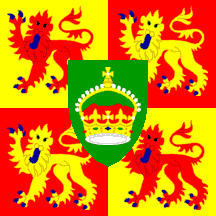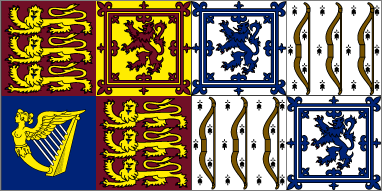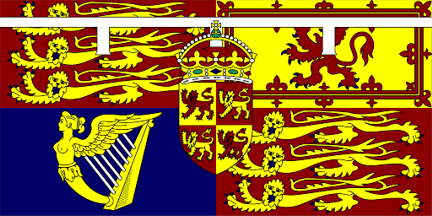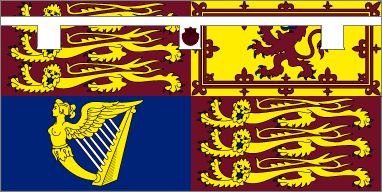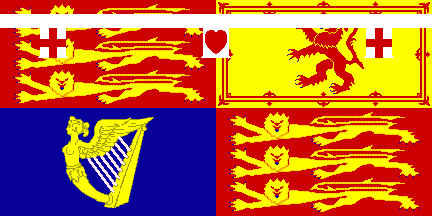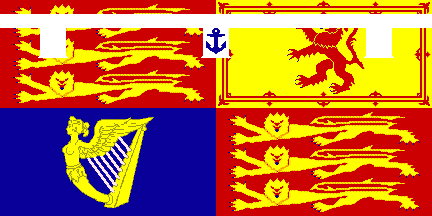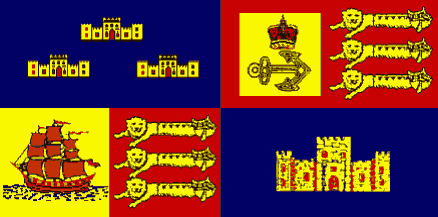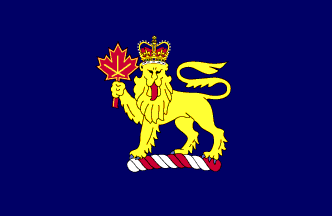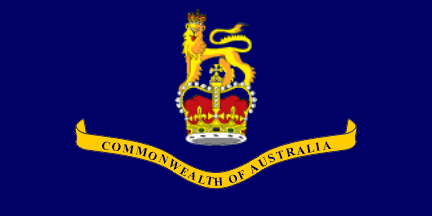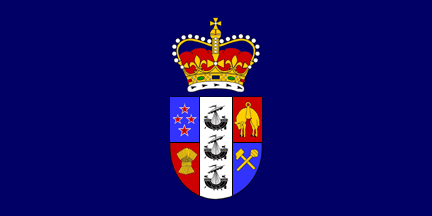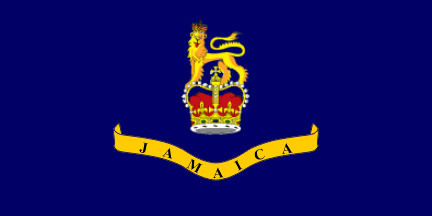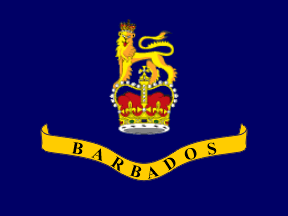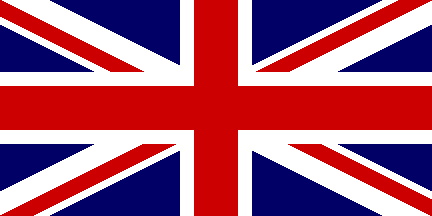A Lion not a Mouse
Four more soldiers fighting with the Royal Canadian Regiment and the Royal Canadian Dragoons were killed in Afghanistan on Friday, and eight others were seriously injured. Canada has now lost 116 soldiers and one diplomat in that war-torn country, including several hundred non-fatal combat casualties.
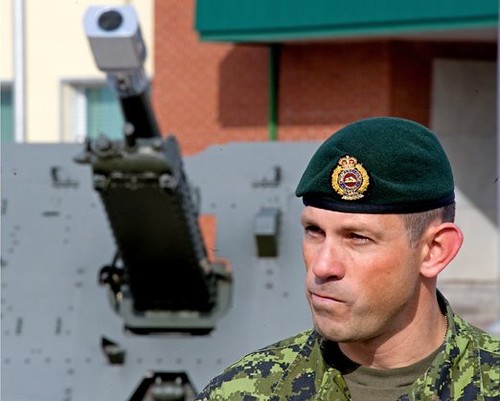
This sacrifice is proportionately greater than either the Americans or the British, and in real numbers significantly more so than all of Europe combined. But like anything Canada ever does, it gets greeted by the media and the world with a collective international yawn. Or worse, the subject of trash entertainment by Republican chickenhawkes on Fox News, who shamelessly chide Canada's military men as frigid wimps, whilst demonstrating their own macho credentials without ever serving a day in their life. To hell with neocon sissies.
I know a lot of men who are serving in theatre because I trained with them over 20 years ago. They are now in positions of command, like LCol. Misener above who has been rotating in and out of Afghanistan since 2002. Does he look like a wimp to you? He's as professional as they come, not a warmongering television idiot, but a field commander on the front lines who has to carefully measure his every word with manly restraint, unlike the belligerent fools on Fox who laugh at him.
It is fashionable among many so-called conservatives in the United States to think of Canada as a joke of a country. It's a view that began to take shape ever since Pierre Trudeau famously declared Canada a mouse next to the American elephant, affected by every twitch, every grunt. In one fell swoop, the historical image of Canada as a British Lion was gone forever. Liberals perferred to think of Canada as a mouse not a lion. And so a mouse in the image of many we became.
But Canada doesn't need to demonstrate its fortitude to the world, only its soberness. Canada cannot afford to be a gung ho, kick ass nation, nor should it desire such a reputation. It almost came apart at the seams during both world wars, when conscription riots in French Canada threatened the political survival of the country. Yet it still sent hundreds of thousands of men overseas to save Europe from itself. Over 100,000 Canadians perished as a result. The decision by Canada to stay out of Vietnam and Iraq has probably been more or less right. It's decision to tough it out in Afghanistan has also probably been more or less right. The desire to go to war for macho reasons is a profoundly unconservative attitude, and nearly all Canadians rightly perish the thought.
Update from American Vets: Ouch
Read the full article >>
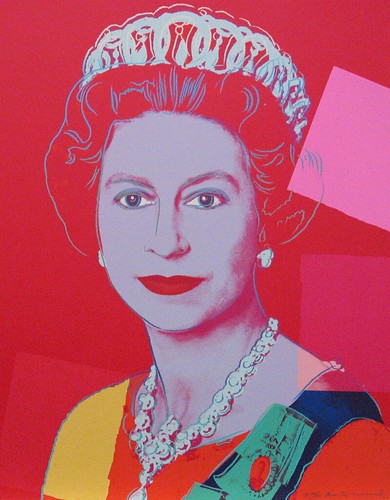 Vice-Regal Saint:
Vice-Regal Saint: 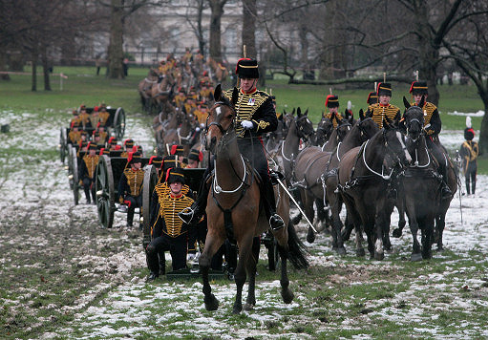
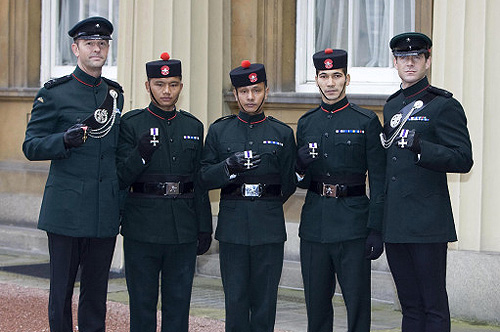
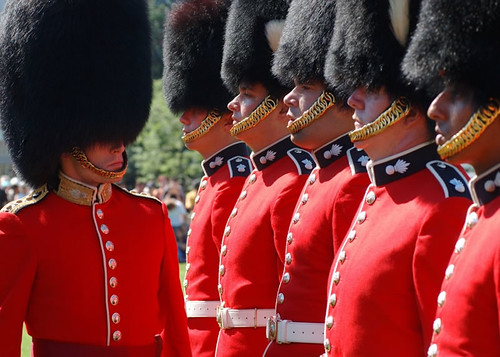
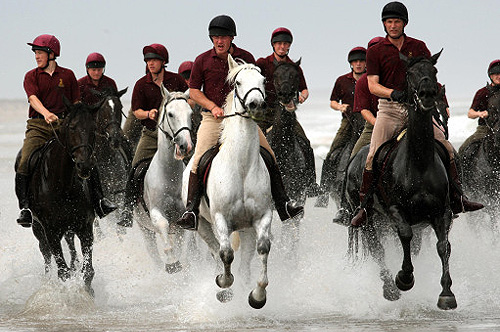
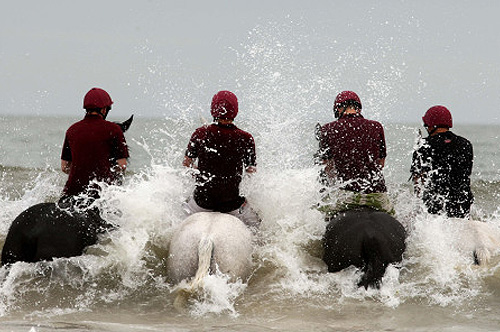

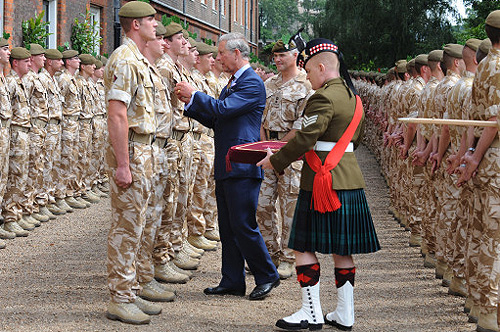
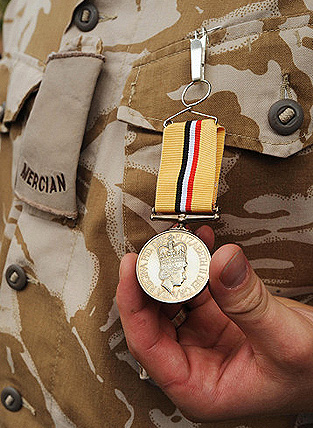
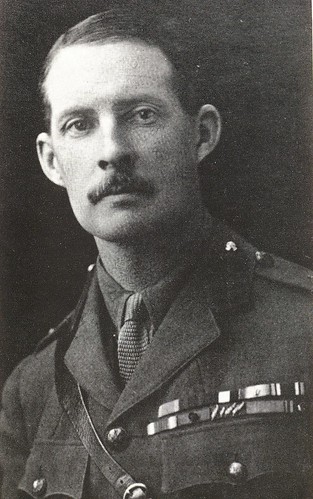






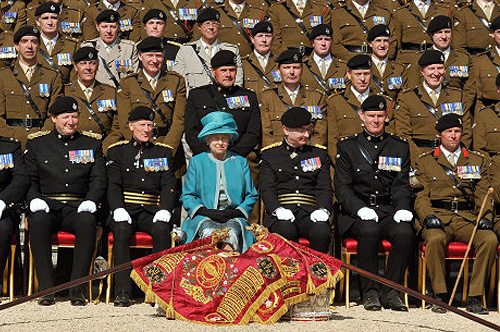
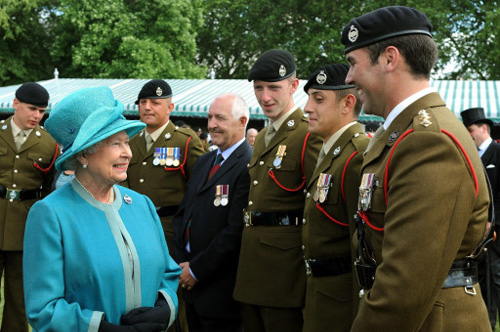
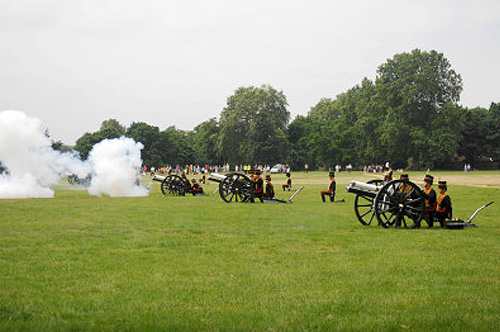
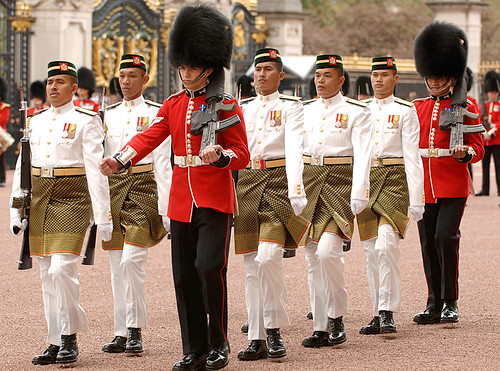

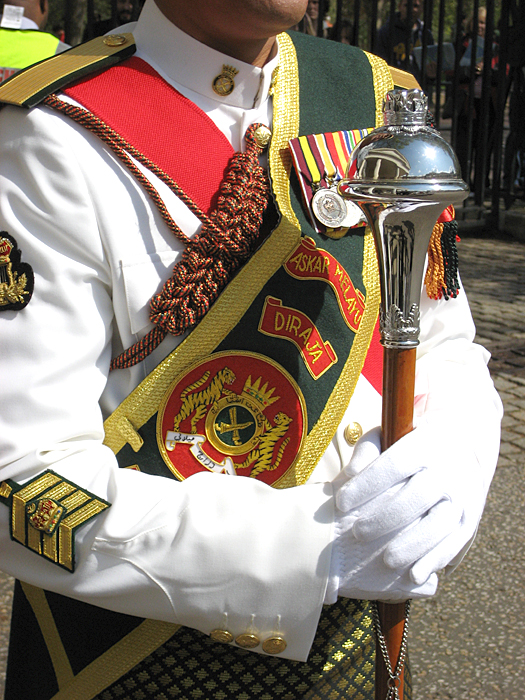

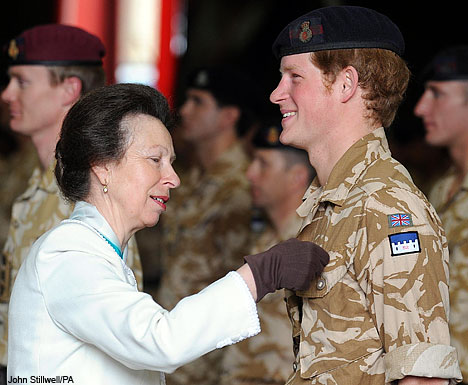


.jpeg)
























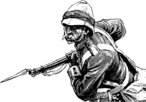
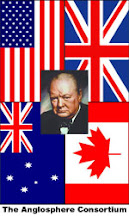







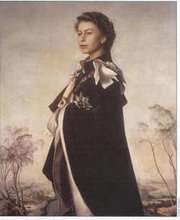


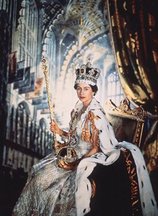
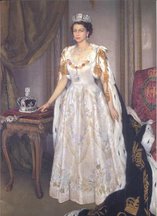

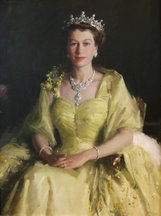
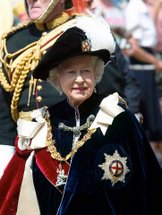

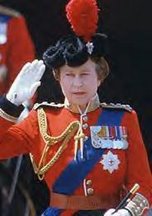











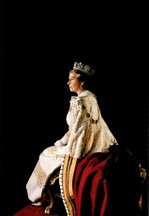



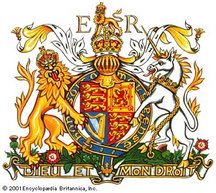

.gif)
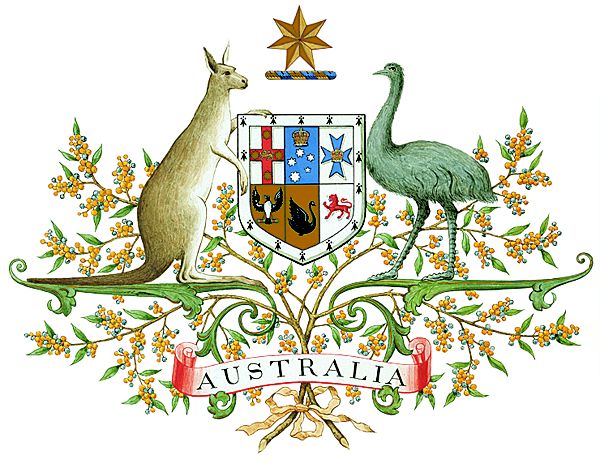
.gif)

